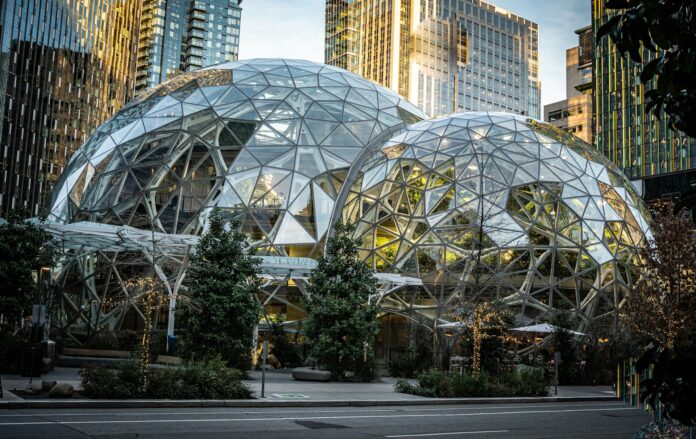Sometimes it can feel like the whole world is looking at things through the prism of a lens. Shutterbugs seeing through sepia tones and the grip’n’grin instant gratitude of Instagram accounts have turned the world into a very visual place indeed, for better and for worse. The former is most keenly realised when on the move, when everything is viewed with a fresh, childlike wonder and it’s the moments of majesty that truly matter. If you’re keen on capturing your next trip with a level of posterity and poise not usually shown off on social media, then read on; our 5 IDEAL travel tips for amateur photographers.
TRAVEL LIGHT
Even at beginner’s level, the cost of photography equipment can mount up. But let’s be honest, at beginner’s level too much kit can impede rather than enhance your shots. Great photography, at any level, is all about capturing the fleeting, once-in-a-lifetime moments, and while you’re fiddling with your infra red LED illuminator and full spectrum flash system, those moments will likely pass you by. So travel light and only carry the really essential equipment with you. This will cut back on the distractions which you probably won’t know how to utilise effectively anyway, and help you move in a dexterous way which won’t disturb the natural beauty around you.
In terms of indispensable equipment you probably can’t do without, a sturdy tripod will capture angles and clarity, a wireless remote trigger is a game changer for wildlife photography, and a personalised leather camera strap brings both security and a little swagger. When it comes to choosing a camera strap for travelling, one with plenty of padding, support and flexibility is best. For us, adjustable straps that can be configured in a number of ways, including as a neck strap, sling strap, wrist strap and shoulder strap are a must as you’ll likely to be carrying your camera for long periods of time trying to capture that perfect shot.
THE GOLDEN HOUR
For those with just a passing interest in photography, perhaps the golden hour (sometimes also referred to as the ‘magic’ one) will be a new concept. But to those in the know, these are the two windows of opportunity when most of the greatest shots are taken. These rose tinged 60 minutes just after sunrise and just before sunset, at dusk and dawn basically, are without fail the ones most bathed in that warm kind of glow which both evokes nostalgia and the sense that anything’s possible. So, while it might mean setting your alarm clock a little earlier and viewing impossibly beautiful sunsets through your lens rather than your actual eyes, the sacrifice is worth it for the best shots possible. While we’re on the subject, the blue hour (just before sunrise and just after sunset) is also an intriguing time to capture some interesting snaps, but requires a little more skill to pull it off. You got this.
FIND A FIXER
Those perfect moments of ‘authentic’ life are so rarely captured within the throng of a tour party or at a crowded landmark. If you’re going to get access to communities and locate those vistas less explored, nabbing those true, honest shots of real life taking place in the process, then you’re going to need to find yourself a fixer. Nope, we don’t mean those burly fellas from gangster flicks who do all the dirty work, but rather a person working to build links between the inquisitive, respectful tourists and the communities they’re exploring. By doing so, you’ll be gaining access to insider tips and introductions to people and places off the beaten tourist trail. More often than not, this is the most ethically sound way of operating too.
BE RESPECTFUL, LEAVE NO TRACE
Sure, locals will generally be proud of their home country and welcoming of visitors, but flashing a camera in unfamiliar faces is, in pretty much any culture, considered deeply impolite. In some countries, being photographed, whether by strangers or family, is a complete no-no, so approach all photography of people as the subject with sensitivity and always, always ask before you hit the ‘take’ button. Equally as important, when in rural, wild land with your camera, make every effort not to disturb, destroy or disrupt the subjects of your interest. Step carefully, breathe lightly, and leave no trace wherever you tread.
GET YOUR EQUIPMENT INSURED
Yep, we said travelling light is prudent, but it’s also wise to insure what equipment you do elect to bring with you. There is no bigger buzzkill for a photography trip than lost, broken or stolen gear before any moments have been captured. Basic travel insurance will cover cheaper cameras, but if you’ve invested in anything over roughly the £500 mark, then you’re going to need specialist cover. It’s important to let your insurer know of exactly the equipment you’re carrying to get yourself properly protected.






